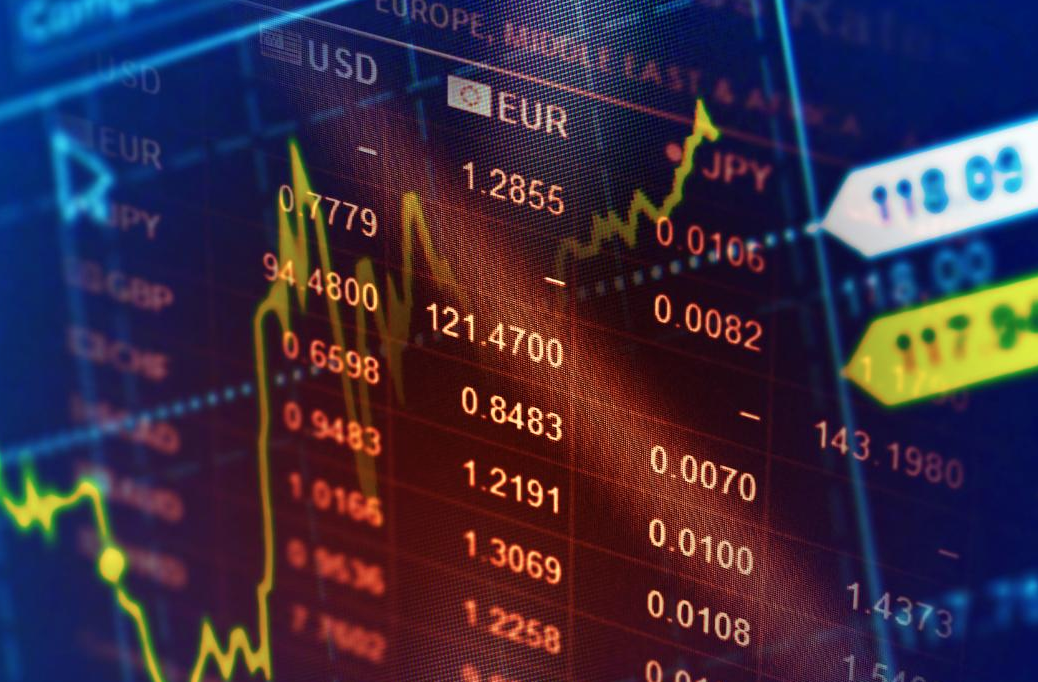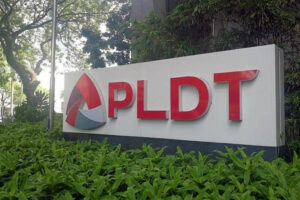Truth Omission

February 25th came and went last week with only the most perfunctory references to it by the Duterte regime. Since 2017, President Rodrigo Duterte has never been to any ceremony or program commemorating the 1986 “People Power” EDSA uprising.
This year — the 36th anniversary of that moment of national greatness when some two million Filipinos overthrew the Marcos dictatorship and showed the rest of the world that a free people can prevail against tanks and helicopter gunships — this year was no different.
But if there was no change in the Duterte regime’s reluctant commemoration of it, in a departure from his and his family’s past attempts to completely ignore it, Ferdinand Marcos, Jr. chose February 25th to launch his and his teammate Sara Duterte’s biggest rally yet in the Ilocos region.
That event demonstrated not only how much support the Marcoses still enjoy in those parts despite the passing of nearly half a century, Marcos Junior’s supporters’ views on his candidacy and his father’s 20-year rule also underscored how crucially disinformation is feeding mass misunderstanding of the brutal reign of Marcos Senior, and, in the process, aiding and abetting Junior’s candidacy for President.
Widely reported, for example, was his most ardent partisans’ praise for Marcos Senior’s not ordering a military assault on the millions massed at EDSA in the four days (Feb. 22-25) of the civilian-military mutiny there, which supposedly demonstrated how much he abhorred violence and valued the lives and well-being of the citizenry.
That claim ignores both the context in which Marcos Senior rejected the urging of his cousin and then Armed Forces of the Philippines (AFP) Chief of Staff General Fabian Ver to attack the mutineers, as well as the regime’s undisputed 20-year record of violence.
It was, first of all, staged for television — the dictatorship was still in control of the government’s Channel Four at the time — precisely to give the world the impression that a humane and caring President was in charge in the Philippines. Second, there were hundreds of foreign journalists in the capital at that time, and a bloody assault on the massed millions who were protecting then Defense Minister Juan Ponce Enrile, then AFP Vice-Chief of Staff Fidel Ramos and their military minions would have outraged other governments, especially that of the United States, enough for Marcos to lose their support. His instincts proved accurate. Despite the urging of his highest officials, then US President Ronald Reagan continued to back him until the very last moment of his rule.
Equally ignored is Marcos Senior’s use of violence against the Filipino people almost from Day One of his two-decade presidency. Student and labor activists had been arrested, abducted, and forcibly disappeared even before he declared martial law. Military operatives bombed the Liberal Party proclamation rally at Manila’s Plaza Miranda on Aug. 21, 1971 in an attempt to eliminate its leadership. Marcos suspended the privilege of the writ of habeas corpus, and blamed the bombing on labor and farmer leaders, some of whom he caused to be arrested. Once declared, martial law plunged the country into a 14-year orgy of State violence. Over 30,000 were tortured, some 3,000-plus summarily executed, and 100,000 arrested and indefinitely detained without charges.
Disinformation is the concerted, deliberate, and primary strategy of those who would profit politically from the support of the uncritical and so easily manipulated millions. It transforms thieves and murderers into angels of mercy, fascists into democrats, and authentic heroes — the best and brightest sons and daughters of the Filipino people — into demons and villains. It is a phenomenon that the dominance of social media as sources of disinformation has made possible, which even the convening of a truth commission would most probably not remedy.
Truth commissions were organized by the governments that replaced the dictatorships in such countries as South Africa and Chile when democratic forces defeated white minority rule and overthrew the Augusto Pinochet military regime, respectively. The intent was to find out what really happened, and to prosecute those responsible. Equally important, it was thought that such commissions, once the truth of what happened, why, and how had been established, would enable a traumatized people to move forward without any fear of history’s repeating itself, information being the only antidote to the return of authoritarian rule.
No such commission was ever created by the administrations that succeeded that of Marcos Senior’s, hence the continuing debate over what happened from 1972 to 1986, the attempts to completely distort what transpired, and to sanctify the most brutal and most corrupt evil-doers into heroes. But in the age of social media, during which false information has become so much a part of the consciousness of millions, even such a commission is likely to be dismissed as part of a conspiracy, and even for the facts, no matter how well-grounded and validated, to be ignored and rejected as lies.
The findings of the research and fact-checking UP group tsek.ph suggest exactly that. The group found “a heavy dose of conspiracy theory, denial of human rights violations during the Marcos dictatorship and (the depiction) of democracy icon President Corazon Aquino as villain (among) the scores of martial law and EDSA-1 related disinformation” that have gone viral over social media, most especially in Facebook.
These are favorable to Marcos Junior’s and Sara Duterte’s candidacies, since, once the mass of the electorate believes that the Marcos Senior dictatorship was a “golden age,” they are likely to vote for a partnership that implicitly advocates the return of authoritarian rule as the solution to the country’s woes.
And yet, the past six years of despotic rule have failed to solve the problems of unemployment, low productivity, poverty, underdevelopment, and even of illegal drugs. Neither did the Marcos version of authoritarianism solve anything. What it did was to make the country’s problems worse and to even add to them. The economic crisis driven by cronyism and Marcos’ concentrating unto himself corporate control and wealth was bad enough. But arguably as bad or worse was the long-term damage the dictatorship inflicted on Philippine culture.
The shutdown of media organizations and the arrest, detention and murder of reporters, editors, publishers, artists, poets, dramatists, film makers, students, professors, medical doctors and other professionals made the pursuit of truth, of knowledge, and of creativity dangerous undertakings, and helped create the information crisis that disinformation over social media has aggravated.
Rather than a truth commission, what the Marcos kleptocracy and its aftermath created — and what its heirs, clones, surrogates and collaborators are still peddling — is truth omission. The result is the perversion of the open and informed discourse in the public sphere that Philippine society needs in resolving such issues as, among others, escalating poverty and Chinese aggression in the West Philippine Sea.
EDSA 1986 was a time of great promise, much of which, besieged by several coup attempts, the Corazon Aquino administration failed to deliver. But it nevertheless removed from power a regime whose abuses, corruption, and brutality have long been established by documentary evidence and those who survived it.
But the facts hardly matter to those mercenaries in old and new media who are in the business of lying on behalf of those to whom power is the only value. What is even more distressing is that they and their antecedents’ having succeeded so well in that enterprise that this country and its people are once again threatened by six more years of gross ineptitude, bad governance, and tyranny.
Luis V. Teodoro is on Facebook and Twitter (@luisteodoro).




